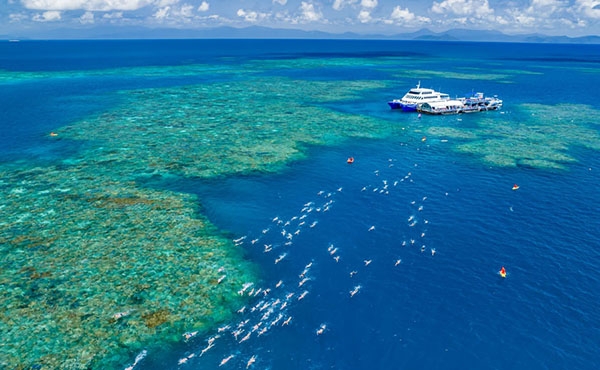Research and educational activities can affect the natural, social and heritage values of the Region. However, most research impacts are considered minor under the existing well-established regulatory and policy framework.
Research and education activities are generally spatially constrained to Scientific Research Zones, which are dispersed throughout the Region. These zones represent 0.04 per cent of the Marine Park and range in size between 3 and 52 square kilometres. However, there is some evidence that permitted research has become more common in other zones and locations since 2019. In the period from July 2014 to January 2018, the porportion of granted research permits that included access to at least one of the Scientific Research Zones was more than 70 per cent. A total of 549 scientific research permits were active between January 2018 and December 2022, of which only 43 per cent were permitted to operate in at least one of the Region’s 10 Scientific Research Zones.1392
Research and educational activities have the potential to locally deplete certain species or damage habitats, or to disturb wildlife when concentrated spatially, such as around research stations. However, in Scientific Research Zones, impacts are generally locally managed by the directors of the research stations. These directors have discretion to influence the spread of activities in time and space to reduce conflicts and minimise impacts. Where research is conducted outside Scientific Research Zones, localised impacts are often unquantified. Information about cumulative impacts of research and educational activities remains a knowledge gap. Negative impacts of certain novel interactions are also not well understood, but this is likely to improve through the ongoing research and development program.
References


